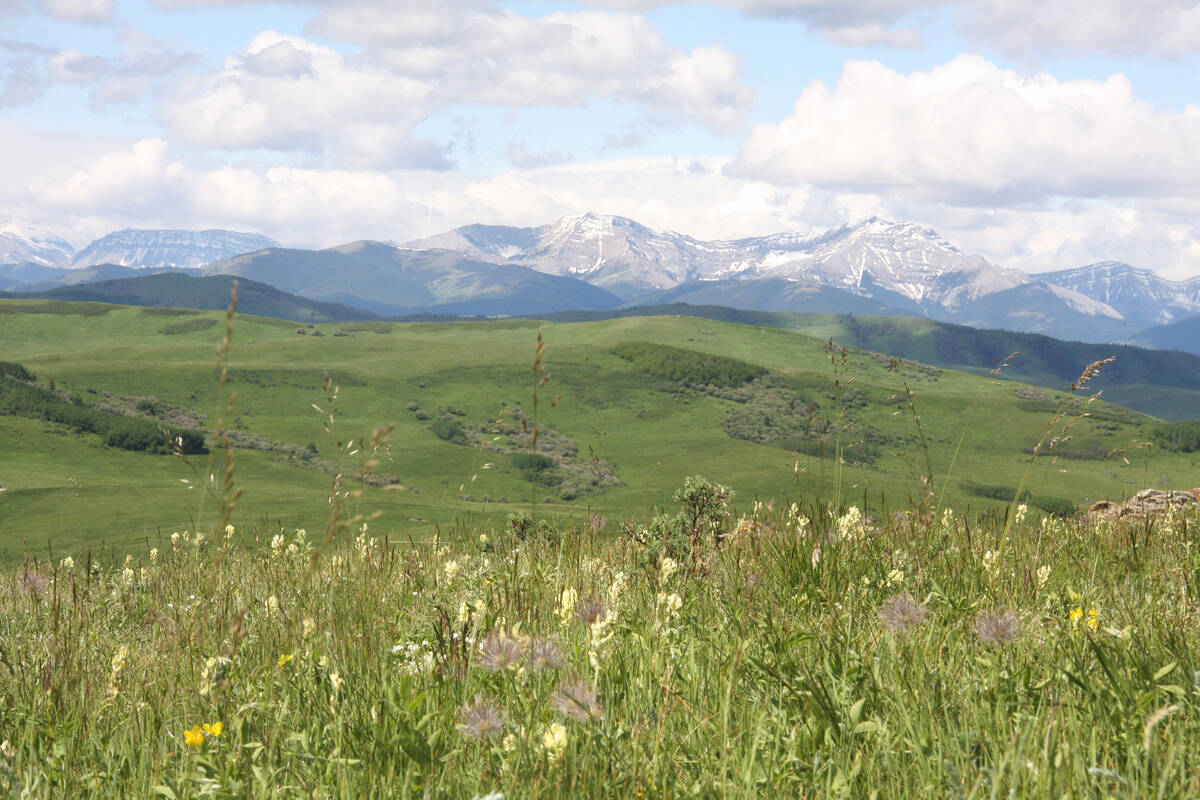Last week’s decision by the United States Environmental Protection Agency that the herbicide 2,4-D is safe should help it win reregistration in Canada after years of study and despite environmentalist detractors, says a leader of the 17-year U.S. fight to see the chemical declared safe for use.
“Clearly, with the emphasis on harmonization, the PMRA (Pest Management Regulatory Agency) will be reviewing the EPA data and conclusions,” Larry Hammond of Carmel, Indiana, said Aug. 12.
“I believe this will have an influence, a good influence, in Canada. I don’t think, since they are looking at the same data, that the PMRA will come to a different conclusion.”
Read Also

Selenium not deal breaker in coal mining: expert
Environmental scientist weighs in on coal mining debates in Western Canada, explaining selenium and the technologies and practices to lower its concentrations in nearby waterways to coal mining operations
The former Dow AgroSciences scientist has been chair of the technical committee of the Industry Task Force on 2,4-D Research Data for close to two decades.
On Aug. 8, after a 17-year review of the herbicide, the EPA issued a report asserting that when used as directed, the popular chemical is safe. It was part of a review of whether chemicals first registered decades ago still meet contemporary health and safety standards.
In Canada, the PMRA is reviewing the chemical under a parallel re-assessment program. It was first registered for use in Canada in 1946. A Canadian 2,4-D decision is expected within months.
The Washington announcement was a rare bit of good news for an industry that has been under siege from environmentalists, regulators and municipal councils that are increasingly debating bans on pesticide use in urban areas.
The chemical-producing industry fears that urban use bans will begin to have an impact on farmer perceptions of 2,4-D’s safety. In the U.S., chemical producers cite an agriculture department study that concluded a world without 2,4-D would cost $1.7 billion annually in higher food production bills and weed control. It is a herbicide widely used on wheat, corn, potatoes and soybeans.
Last week, the EPA said that short-term exposure to the product in lawn applications is “not of concern” from a health angle.
Hammond said it will give the popular chemical another seal of approval after favourable reviews by the European Union, the World Health Organization and New Zealand.
He said it sends the message that the chemical is safe.
“Farmers will have confidence that 2,4-D is a low-risk herbicide, a herbicide that they have been using safely for nearly 60 years,” said Hammond. “2,4-D is well-studied and all agencies have stated that there is no evidence of carcinogenicity.”
He said the EPA decision will add weight to the idea that “sound science” is at the root of assessing the safety and appropriateness of chemicals.














